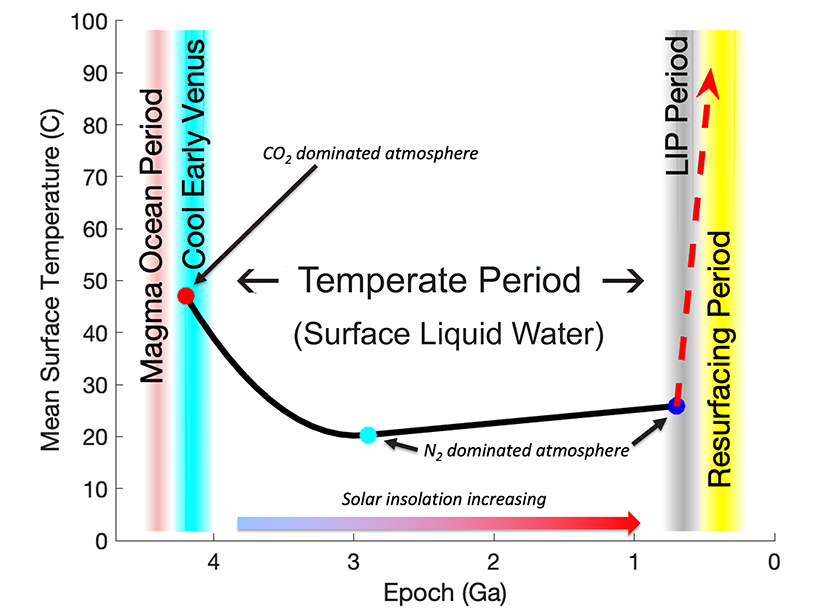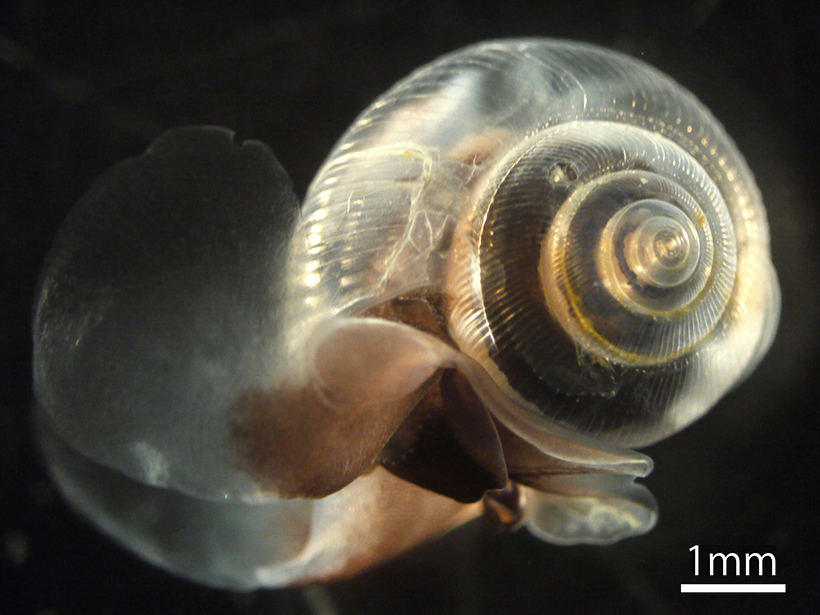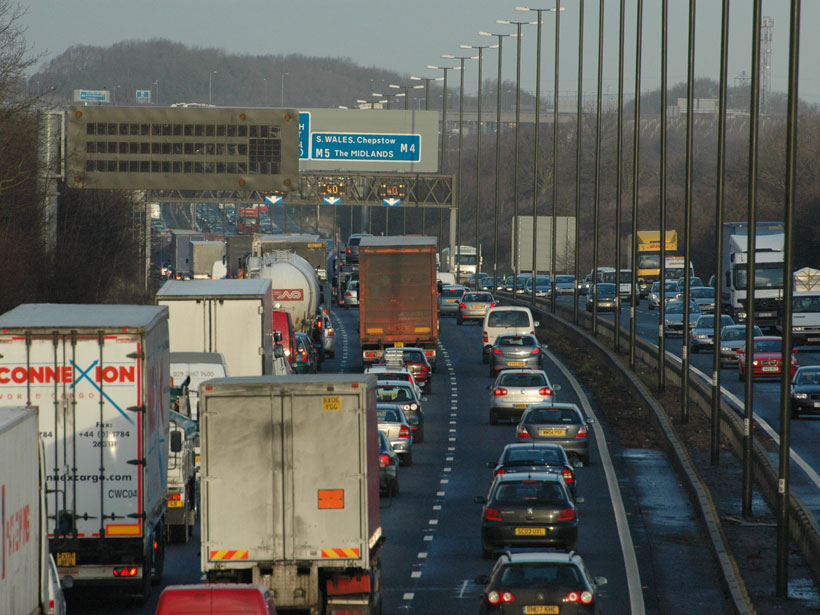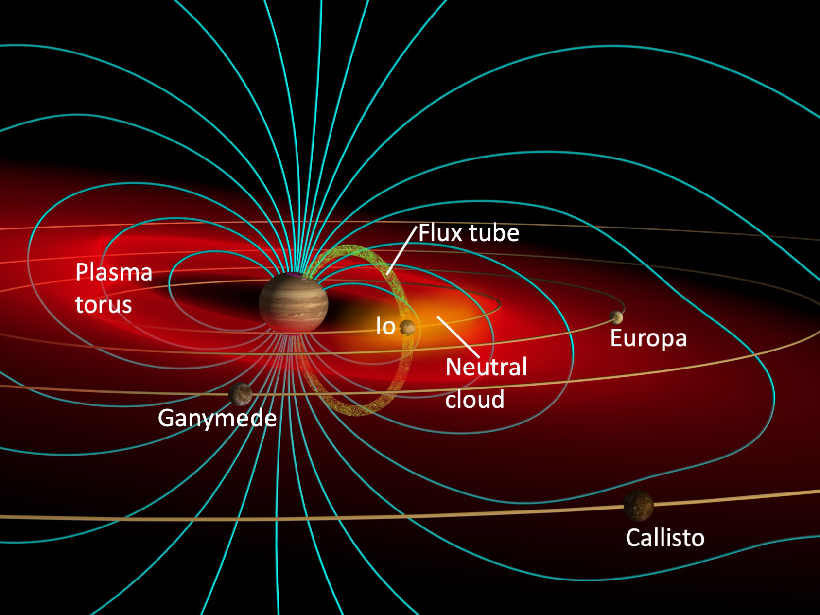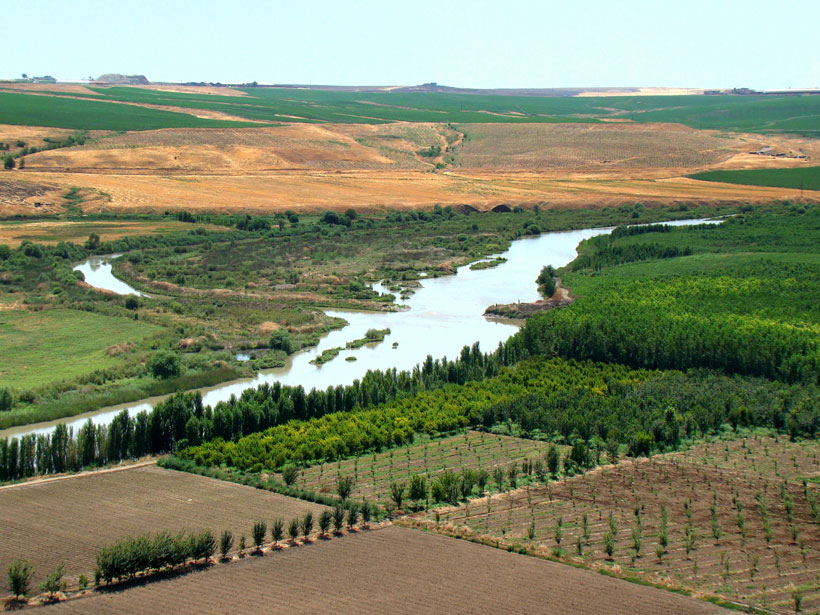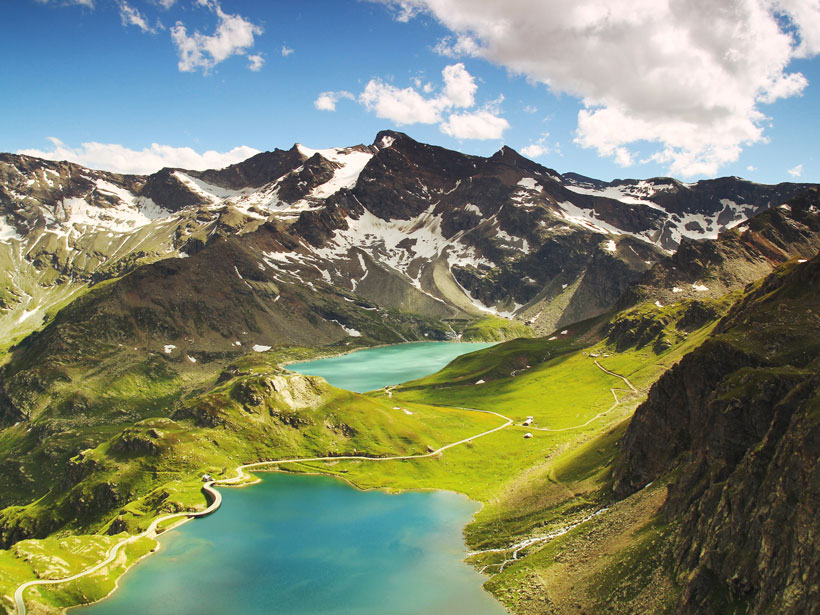Climate simulations of Venus’s history could provide insights into the habitability of Earth and of exoplanets.
Research Spotlights
Research spotlights are plain-language summaries of recent articles published in AGU’s suite of 24 journals.
Hardwood Forest Soils Are Sinks for Plant-Produced Volatiles
New research identifies temperature, moisture, and soil fungi as important factors in influencing how biogenic volatile organic compounds cycle between plants and the atmosphere.
Arctic Plankton Populations Vary by Season
Planktonic foraminifera and sea snail numbers swell from April to June in the Barents Sea, but contrary to predictions, the organisms do not appear to be affected directly by high methane levels.
Tracing the Past Through Layers of Sediment
Signals in layers of sedimentary rock hint at climates and ecosystems come and gone. Understanding this history can help us forecast the future, but challenges abound.
The Climate and Health Impacts of Gasoline and Diesel Emissions
New research tallies the effects of gas- and diesel-burning vehicle emissions on the climate, as well as on human health. Together, the emissions cause more than 200,000 premature deaths each year.
Predicting the Future of Greenland’s Melting Ice Sheet
Despite recent leaps in our understanding of how climate change is affecting Greenland’s glaciers, many uncertainties remain.
Two Moons and a Magnetosphere
Decades of research have illuminated how Io and Europa shape—and are shaped by—Jupiter’s giant magnetosphere.
Shaping Water Management with Planetary Boundaries
A new study uses the planetary boundaries concept to formulate an approach to water management that considers both global and local limits to water cycle modifications.
A Graceful Way to Study Daily Water Storage on Land
A new analysis technique could help scientists improve the temporal resolution of satellite gravity data and see trends in terrestrial water storage and movement in near real time.
New Recognition for Major Players in the Ocean’s Silicon Cycle
Tiny, shelled protists known as Rhizaria may be responsible for up to one fifth of the total amount of silica produced by the world’s oceanic organisms.

